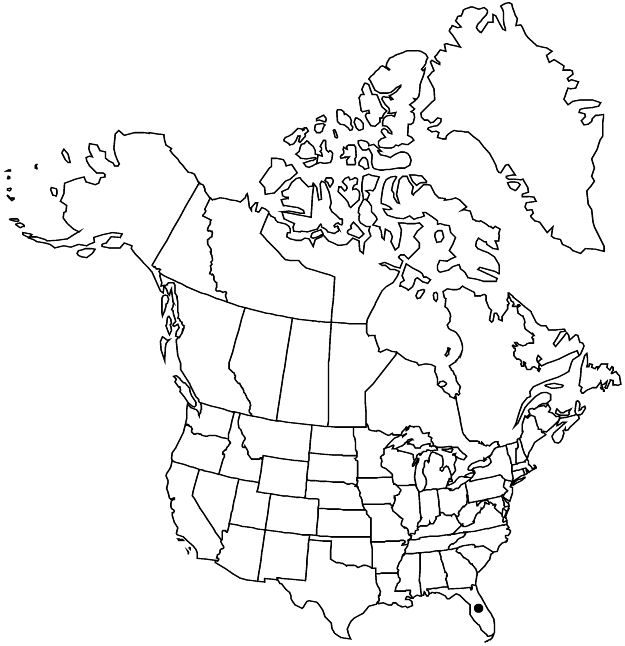Difference between revisions of "Lechea divaricata"
Bull. Torrey Bot. Club 21: 249. 1894.
FNA>Volume Importer |
imported>Volume Importer |
||
| (One intermediate revision by the same user not shown) | |||
| Line 59: | Line 59: | ||
|publication year=1894 | |publication year=1894 | ||
|special status=Conservation concern;Endemic | |special status=Conservation concern;Endemic | ||
| − | |source xml=https:// | + | |source xml=https://bitbucket.org/aafc-mbb/fna-data-curation/src/2e0870ddd59836b60bcf96646a41e87ea5a5943a/coarse_grained_fna_xml/V6/V6_725.xml |
|genus=Lechea | |genus=Lechea | ||
|species=Lechea divaricata | |species=Lechea divaricata | ||
Latest revision as of 22:23, 5 November 2020
Herbs, perennial. Stems: basal not produced; flowering erect, 25–60 cm, spreading-villous. Leaves of flowering stems alternate; blade lanceolate to elliptic-lanceolate, 5–8 × 1–3 mm, apex acute, abaxial surface villous on midvein and margins, adaxial glabrous. Pedicels 1 per axil, 1–1.5 mm. Flowers: calyx 1.3–1.5 mm, usually lightly colored basally, outer sepals shorter than inner. Capsules ellipsoid, 1.8–2 × 1.6–1.7 mm, longer than calyx. Seeds 1(–3), membranous coat white.
Phenology: Flowering spring; fruiting summer–fall.
Habitat: Dry, open sand-scrub and flatwoods
Elevation: 0–100 m
Discussion
Of conservation concern.
Lechea divaricata is endemic to peninsular Florida but apparently absent from the Florida Keys. A report of L. divaricata from Alabama was based on a misidentified specimen of L. mucronata (D. D. Spaulding 2013).
Selected References
None.
